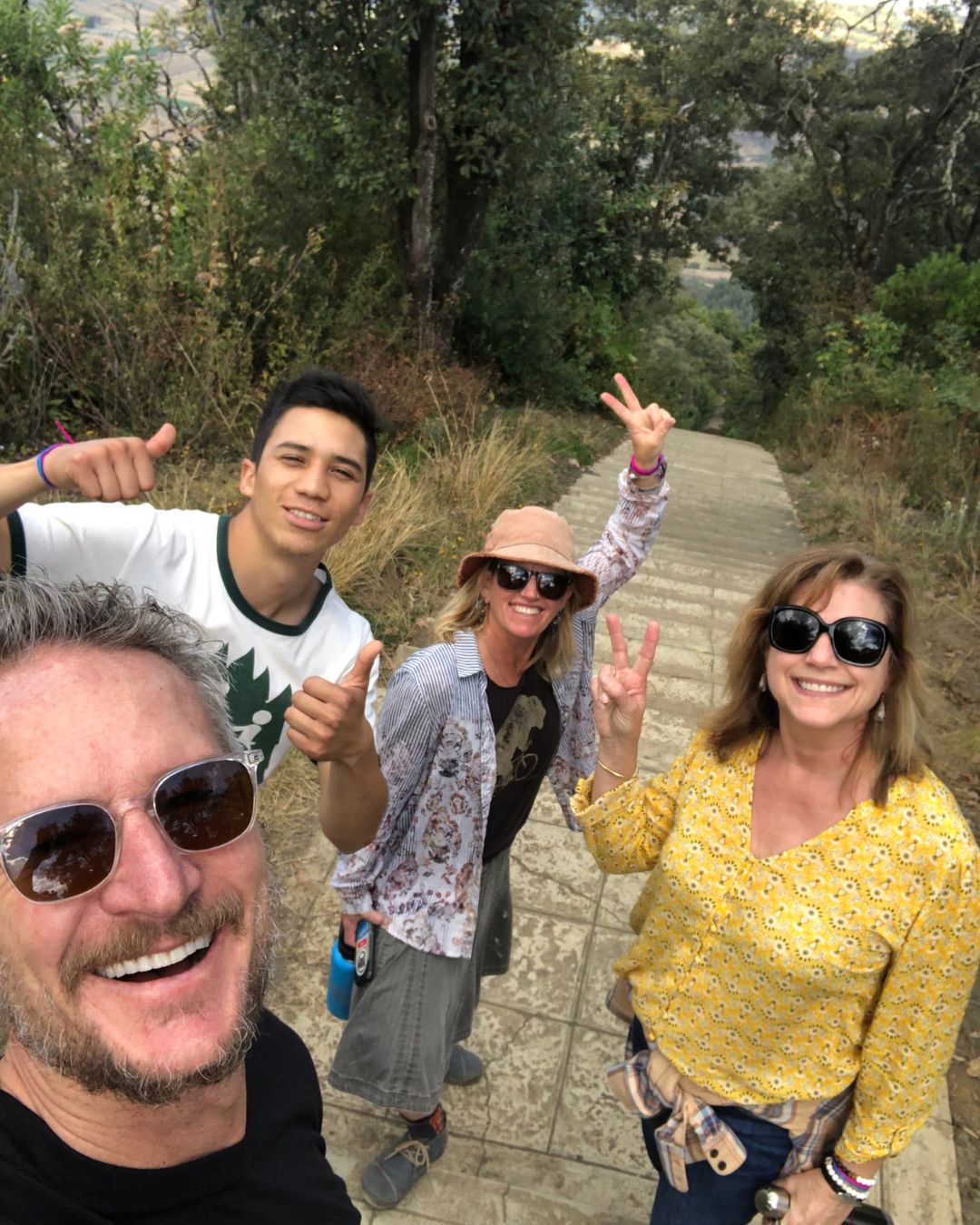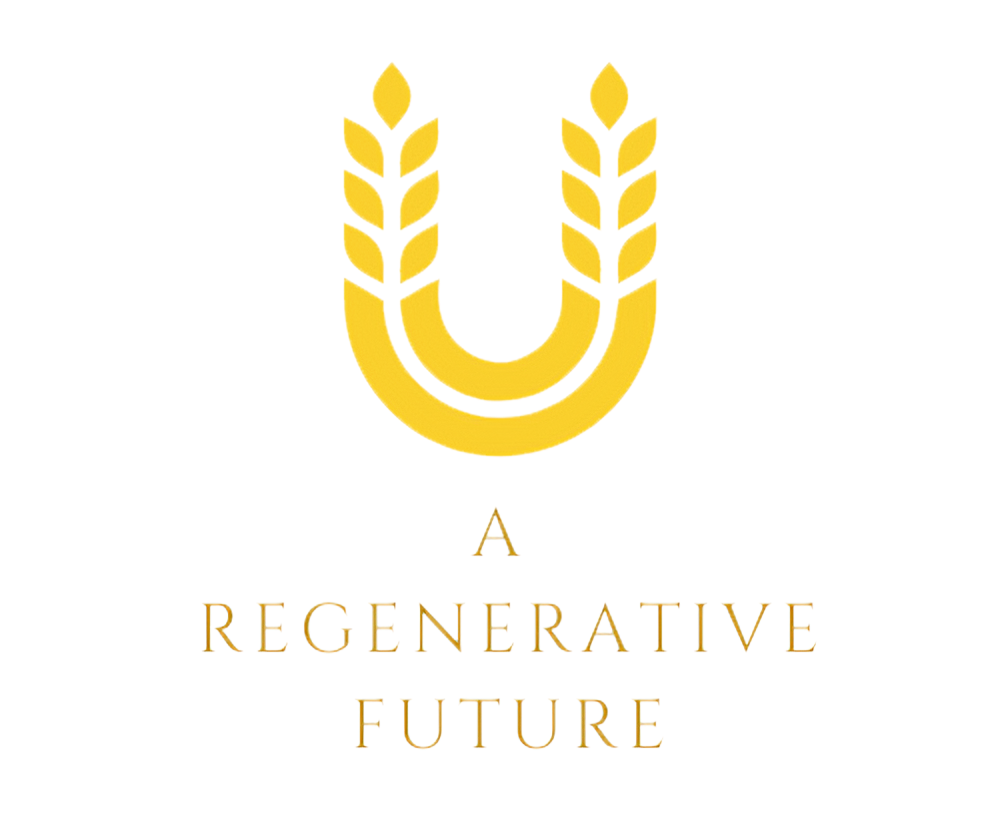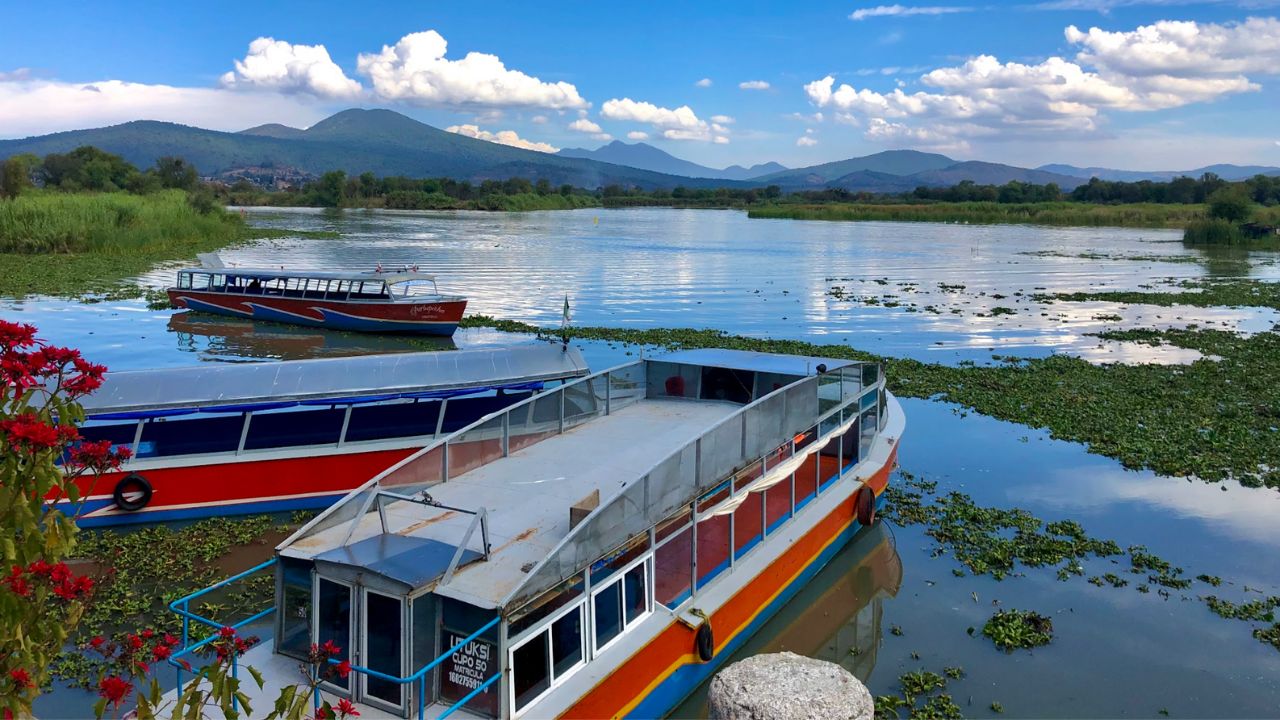Empowering Communities Through Regenerative Giving
Social Profit Model with a Donor Advised Fund through A Regenerative Future
- Sustainability Matters ~ A Regenerative Future
- Donor Advised Fund, 501c3
- International Community Foundation
Kristen has created a conscious social profit model in collaboration with the International Community Foundation, a 501c3. Her life’s work is 50% giving to regenerative community restoration and 50% receiving from her regenerative water + teaching offerings.
In reciprocity of our purposeful work in these dynamic times, we intentionally curate a mentoring culture, rooted in Mother Earth, guiding current + future leaders towards positive transformation in environmental policy and human leadership.
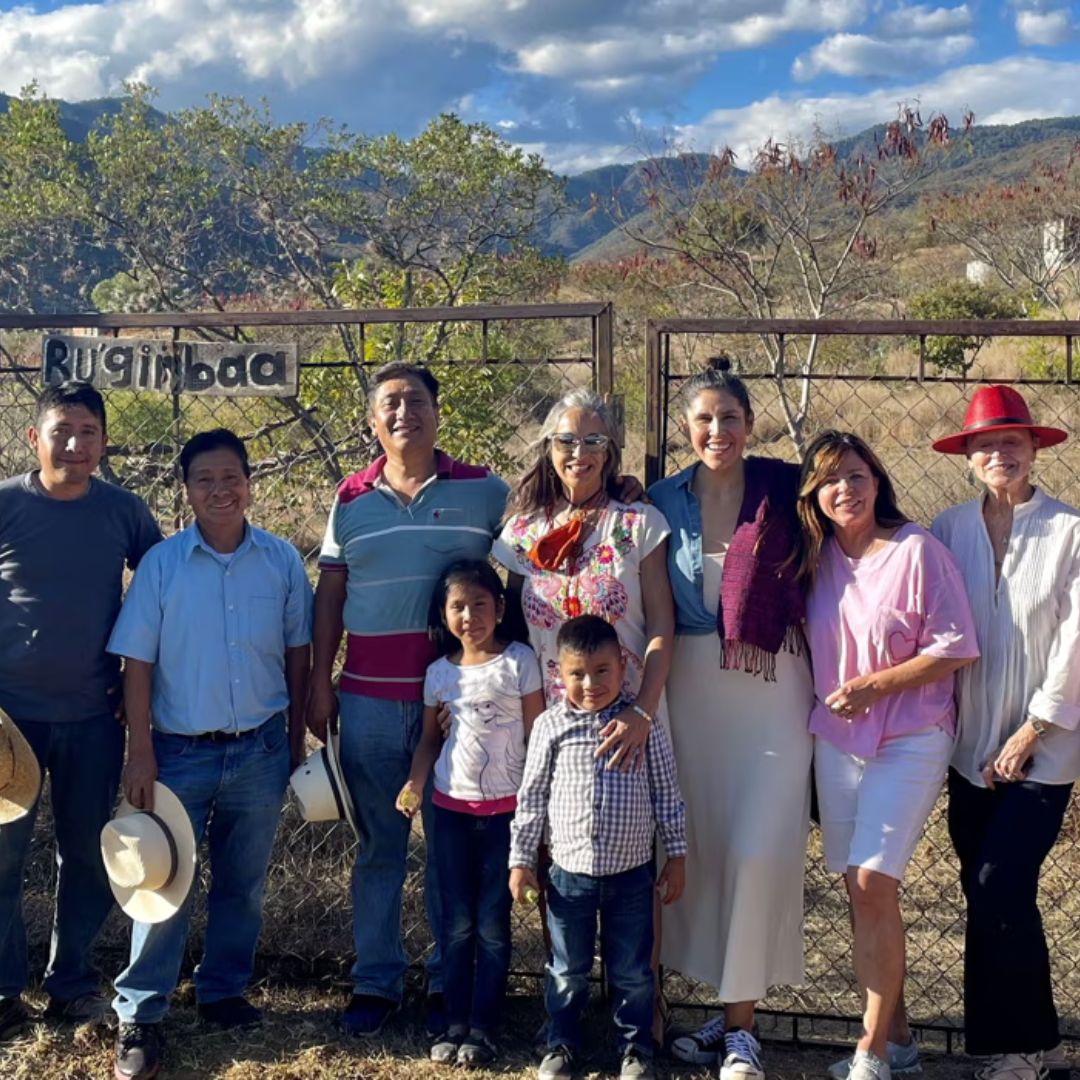
-
Colectivo Bii Dau
Water Conservation Project Valle de Teotitlan, Oaxaca, Mexico

Our A Regenerative Future Projects
Our projects are living examples of regeneration in action—
bridging sustainability, community empowerment, and ecological restoration. Explore the initiatives shaping our thriving future.
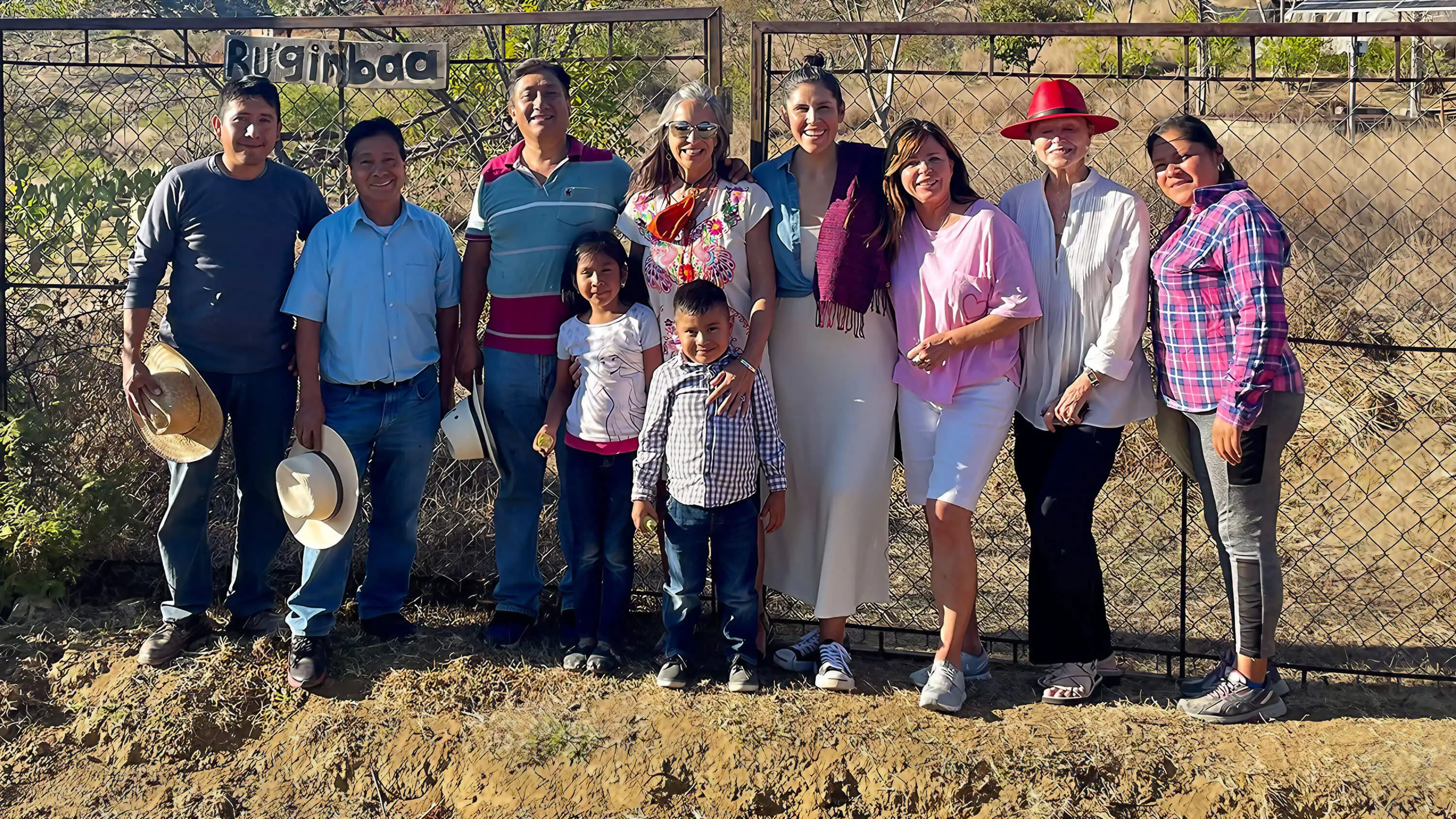

Colectivo Bii Dauu
Teotitlán del Valle, Oaxaca, Mexico
2005 to 2020
2005 began a project that has created a consciousness within the community of Teotitlan. A consciousness of how the preservation of possibilities in the Zapotec traditions of growing native plants to produce the color dyes for their beautiful weavings can be held.
In collaboration with the Universidad de Chapingo, the Rockefeller Foundation and the Kellogg Foundation, Bii Dauu began to build systems for water conservation and solar energy production in the preparation of planting fruiting trees and native plants for natural dyes on a fertile piece of land, to cultivate the Colectivo Bii Dauu’s future needs for food and natural color tints used in their weavings.
Teotitlan is a weaving village of Zapotec peoples. Their prosperity of currency is influenced by the access to native plants, shared natural resources and valued partnerships in the global sphere, supporting ethical artisans.
The outcomes of these 2005-2007 grants and collaborations have continued to benefits the Bii Dauu and Teotitlan community in a triage of programming:
- Resource Restoration: preserving the Anil (blue dye color) plant and the Marush (deep yellow/olive green dye color) from extinction within their community. These plants were on the edge of no longer growing within this region. On the Colectivo Bii Dauu land, these native plants have been restored and are thriving in full production of blue, yellow and olive green color tints. The integration of the infrastructure, beginning in 2005 is still in working conditions and used in their present capacity.
- Living Infrastructure: Bii Dauu and Universidad de Chapingo collaborations continue to thrive, with students visiting the Bii Dauu infrastructure to have experiential learning opportunities in the living environment, specific to the trade of Agricultural Engineering. The respected partnership with Universidad Autonoma de Chapingo – Facultad de Ingenieria Agricola has deepened over the past 2 decades and very present in their current expansion project.
- Community Prosperity: the Teotitlan community supports education and economic opportunities to continue to build prosperity and accelerate the ancestral innovation of nature based dyes. Current programming offerings touch both the internal and external communities within the interest of the natural based dyes for textile use in the Teotitlan community.
Colectivo Bii Dauu Story 2021-2025
Today, Colectivo Bii Dauu is a leader in growing native plants to produce the natural dyes for their weavings. With the two decades of infrastructure, now aging, though still in working conditions, the time has come to expand and update existing infrastructure to support Bii Dauu and the Valle de Teotitlan with nature based solutions.
Honored by an elder, Colectivo Bii Dauu received gifted land with the commitment to expand the growing of the native plants to support external demands for plant based dyes and to grow food for the collective and Teotitlan community.
The co-creating of Sembrando Colores de Vida project is the outcome of Sustainability Matters and Bii Dauu’s water conservation project collaboration. The collaborative efforts of Collectivo Bii Dauu, Sustainability Matters, Fundación Comunidad Oaxaca and UNAM – Universidad Autonom Chapingo has grown into collaborative movement for the entire Teotitlan valle.
We are currently in year 3 of Sembrando Colores de Vida project. The huerta has been prepared for water resiliency with decentralized conservation strategies. Project outcome: long-term native plant and water resiliency.
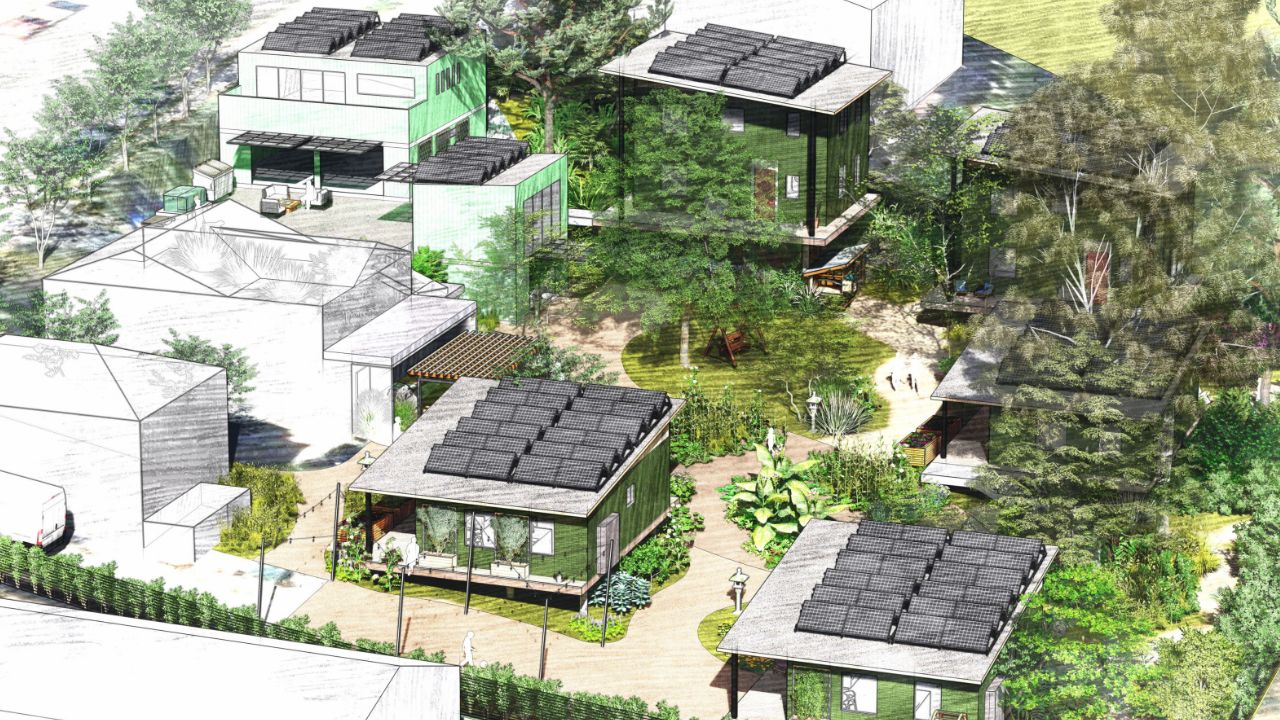

Bancroft Street EcoVillage
San Diego, California
Vision
To build a community modeled on abundance and communion, capturing the essence of nature and giving and receiving in purpose and prosperity.
Why
Our world of individualism is shifting, and humanity is realizing the possibilities of living in community to heal, grow, and thrive as a species. Humans need community to live, work, and commune together to reach our truest potential. Bancroft EcoVillage provides us an opportunity to explore the possibilities of co-housing, community economics, and regenerative living.
How
Create an community model for our shifting times, with the following intentions:
- Intergenerational and Intercultural Humans
- Housing Economics – Community Co-Housing, NGO, Community Land Trust
- Economic Exchange ~ Educational Model
- Generative Agriculture ~ providing food for the community
- Serving the Community ~ the internal and external community
Intergenerational and Intercultural Housing – build community on the Kinship System – beloved honor and respect of all generations and cultures..
New Housing Economics – changing the goal for the economic system and consciously aligning with systems change. Explore economic models – doughnut, gift, and cooperative economics to solve problems in housing, food and poverty that industrial countries have so far been unable to solve.
Economic Model ~ Educational Exchange – creative curriculum exchange including – community design incubator, mentor/mentee circles, experiential learning opportunities, apprenticeship programs, cafe/coffee/cultural offerings
Regenerative Permaculture – honor and build food systems as a way to live on earth integrating ancestral land management of our land and our eco-systems, providing food for the Bancroft Street community
Community Service – understanding the needs of the Bancroft Street and surrounding community, connect with aligned organizations to serve and honor resident and local community needs.
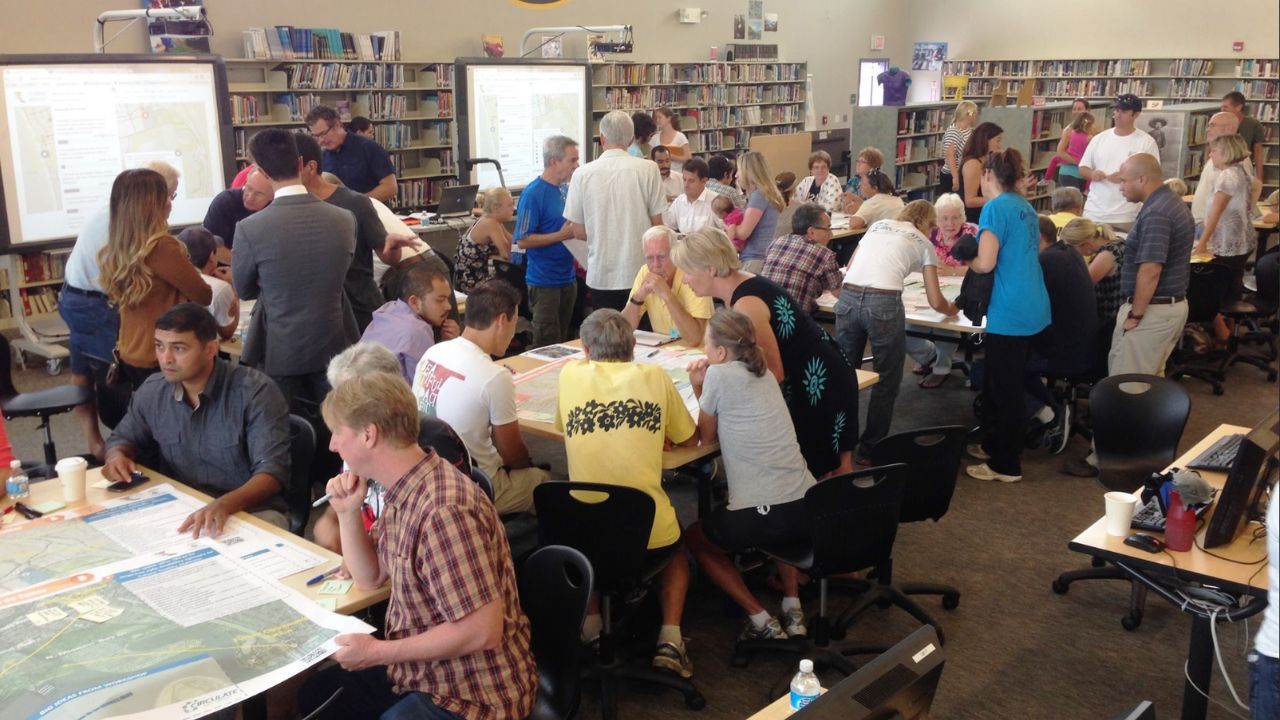

Beautiful PB
Pacific Beach, San Diego, California
beautifulPB is a grassroots non-profit organization established in 2011 by Pacific Beach (PB) residents, businesses, and property owners. The organization is dedicated to fostering a more sustainable, equitable, and beautiful community by implementing projects and programs based on the EcoDistricts framework.
Mission and Vision
beautifulPB believes that prioritizing outcomes in equity, resilience, and climate protection leads to vibrant, thriving places for everyone to work, live, and play. The organization sees Pacific Beach as an opportunity to develop and test innovative solutions to challenges such as income, education, and health disparities, climate change, and ecological degradation.
Key Projects and Initiatives
- PB Pathways: A network of safe neighborhood routes encouraging walking, biking, scootering, or skating. These routes feature traffic calming measures and aim to improve safety for all users.
- PB Arts District: A community art initiative that integrates art into the Pacific Beach community, including projects like the Bay Murals and art maps showcasing public art locations.
- PB Counts: An annual neighborhood traffic count conducted by volunteers to gather data on transportation modes. This information helps advocate for roadway and infrastructure improvements.
- Slow Streets: Efforts to reduce vehicle speeds throughout the community by promoting programs like Slow Streets, which repurpose roadway space to benefit the community beyond just moving cars.
Past Projects
beautifulPB has also been involved in past projects such as the PB Parks initiative, which envisioned celebrating PB culture by incorporating resources for residents, visitors, and local businesses, enhancing accessibility, public open spaces, improved landscapes, and integrated sustainability.
Community Engagement
The organization emphasizes community involvement through donations, memberships, and volunteer opportunities. They also provide regular news and events updates to keep the community informed and engaged.
Through these initiatives, beautifulPB strives to create a community that is not only aesthetically pleasing but also sustainable and inclusive for all its members.
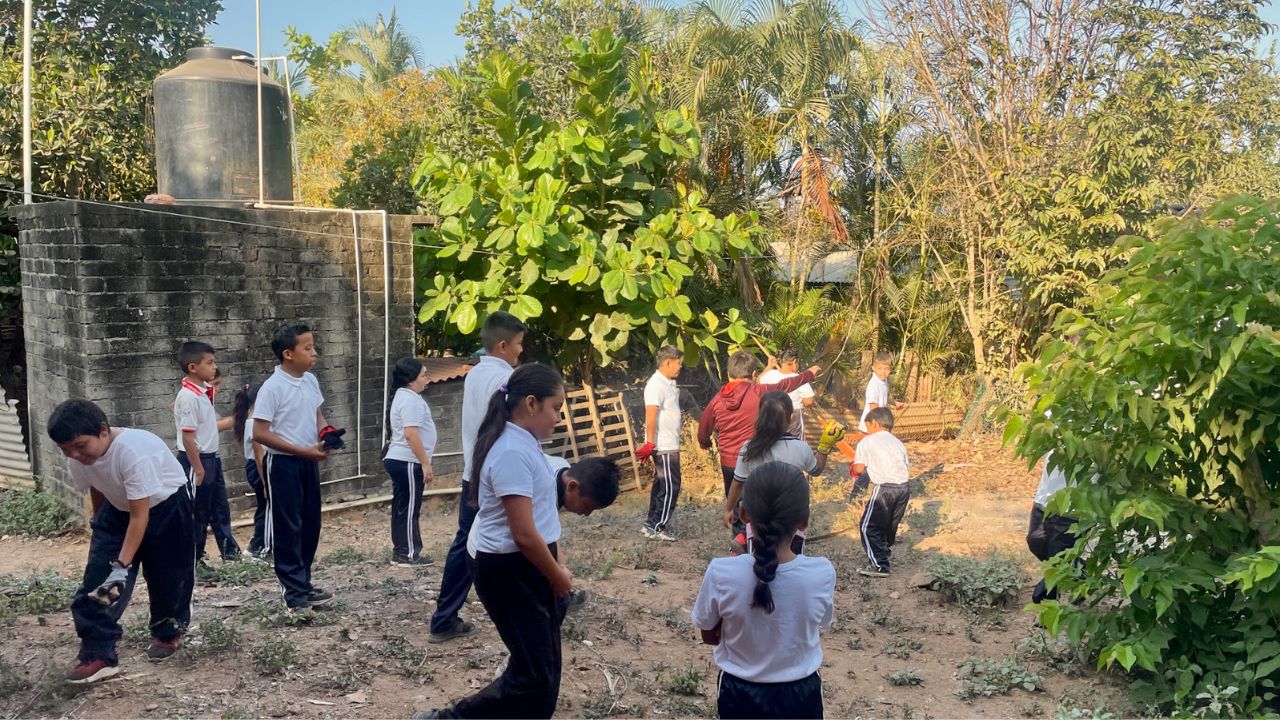

Proyecto de Comunidad Majahua
Acapulco, Guerrero, México
The Majahua Community, led and represented by key stakeholders including the Comisario de Majahua, La Escuela Primaria Simón Bolívar, Fundación Dhanna, Playa Limpia, and Majahua EcoVillage, as advocates for and leaders in community-led watershed resiliency. The community recognizes a need for the active regeneration of their local ecosystems; and seeks support in developing the educational programming that creates opportunities for children and adults to interact with, and improve the resiliency of, the natural systems and elements in their community and environment.
On behalf of A Regenerative Future and Servicios Mufeli, Kristen Victor and Amanda Harris share Mahajua’s community vision for a vibrant, thriving restored coastal ecosystem, and are committed to supporting key stakeholders in these early phases of community organizingfor a participatory, regenerative future for the watershed. We build on local successes and established trust and relationships, and join community members as they design and develop a holistic model for community restoration.
We support this project from a living-systems design approach, working with key stakeholders in the Majahua community to steward a community impact project by way of organizing and leading the First Majahua Estuary Restoration and Community Day in April 2024; and a second community impact day installing the community-led design for the first Majahua Community Garden. We design, develop, create and promote a Majahua Watershed Resiliency Project that combines educational programming, community engagement, and regenerative watershed management to improve hydrological flow in the estuary and increase engagement with locally produced food that reconnects the community to its agrarian roots.
We support a growing team of local leaders during both community engagement interventions, and are dedicated to ‘training the trainers’ to reflect the ripple effect we know the work can generate for community relations and engagement, and the resiliency of the watershed.
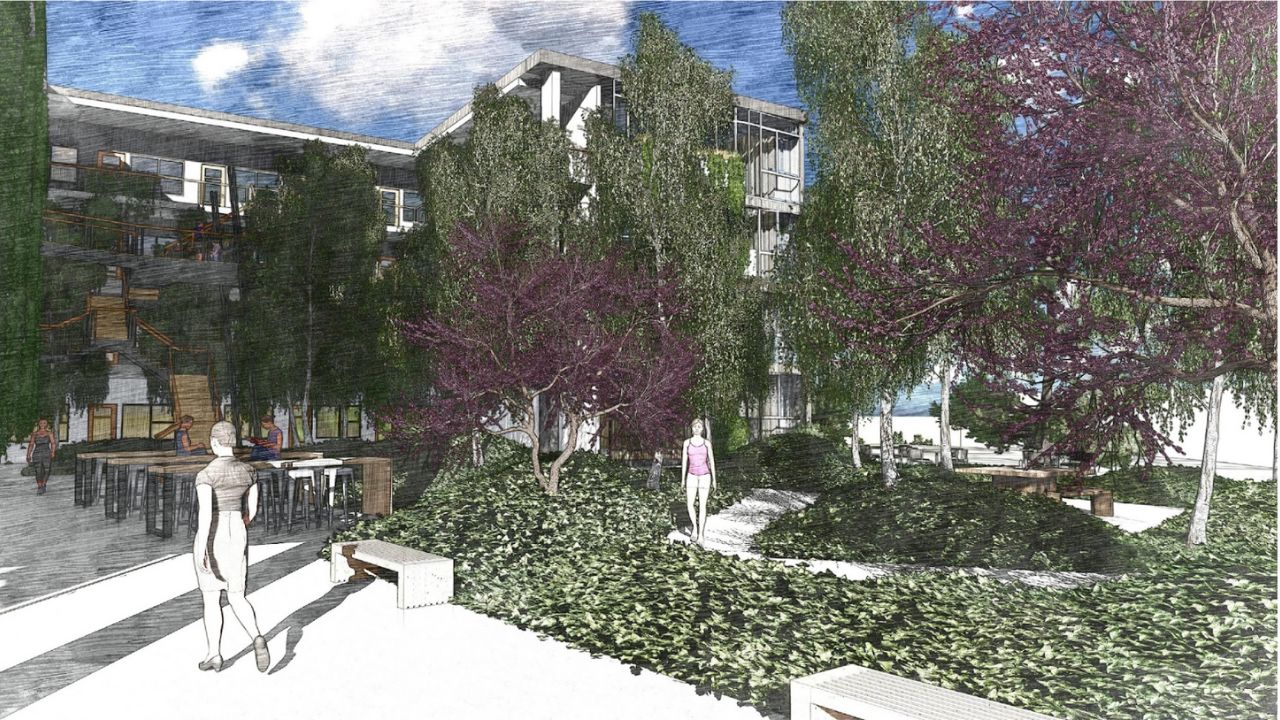

National City EcoVillage
National City, California
Project Vision:
The National City EcoVillage is an innovative mixed-use development designed to promote sustainability, urban agriculture, affordable housing, and a vibrant community. The project integrates residential, commercial, and agricultural spaces to create a self-sustaining, eco-friendly living environment.
Key Features:
1. Sustainable Mixed-Use Development
- A combination of residential, commercial, and community spaces
- Encourages walkability, transit-oriented development, and mixed-use zoning
- Designed to function as a 24-hour neighborhood with live, work, and recreational spaces
2. Residential Units
- Estimated 337 residential units at a density of 75 dwelling units per acre
- Housing options include micro-units and modular apartments
- Designed to be affordable and energy-efficient
3. Green Space & Community Areas
- Large greenspace and communal areas for outdoor activities and social interaction
- Designed to enhance pedestrian experience and improve quality of life
- Public spaces for gatherings, urban gardening, and recreation
4. Urban Agriculture & Renewable Energy
- Hydroponics & aquaponics facilities for urban farming
- Greenhouses for year-round food production
- Integration of solar panels and renewable energy infrastructure
5. Commercial & Retail Spaces
- Small businesses, dining options, and sidewalk cafes
- Community-oriented retail supporting local entrepreneurs
- Spaces designed for farm-to-table markets and eco-conscious businesses
6. Sustainable Infrastructure & Zoning Compliance
- Maximum height: 5 stories (65 feet)
- Floor Area Ratio (FAR): Up to 3.5
- Commercial & Residential Mix:
- Residential-focused development must include at least 10% commercial space
- Commercial-focused development must include at least 20% residential space
7. Site Layout & Potential Configurations
- Multiple design options exploring various site layouts
- Options include mixed-use buildings, greenhouses, underground parking, and residential clusters
- Strategic placement of access roads, transit stops, and green corridors
Sustainability & Impact
- Reduced car dependency through transit-oriented design
- Eco-friendly construction materials and energy-efficient buildings
- Integration of agriculture & housing for a circular, self-sustaining economy
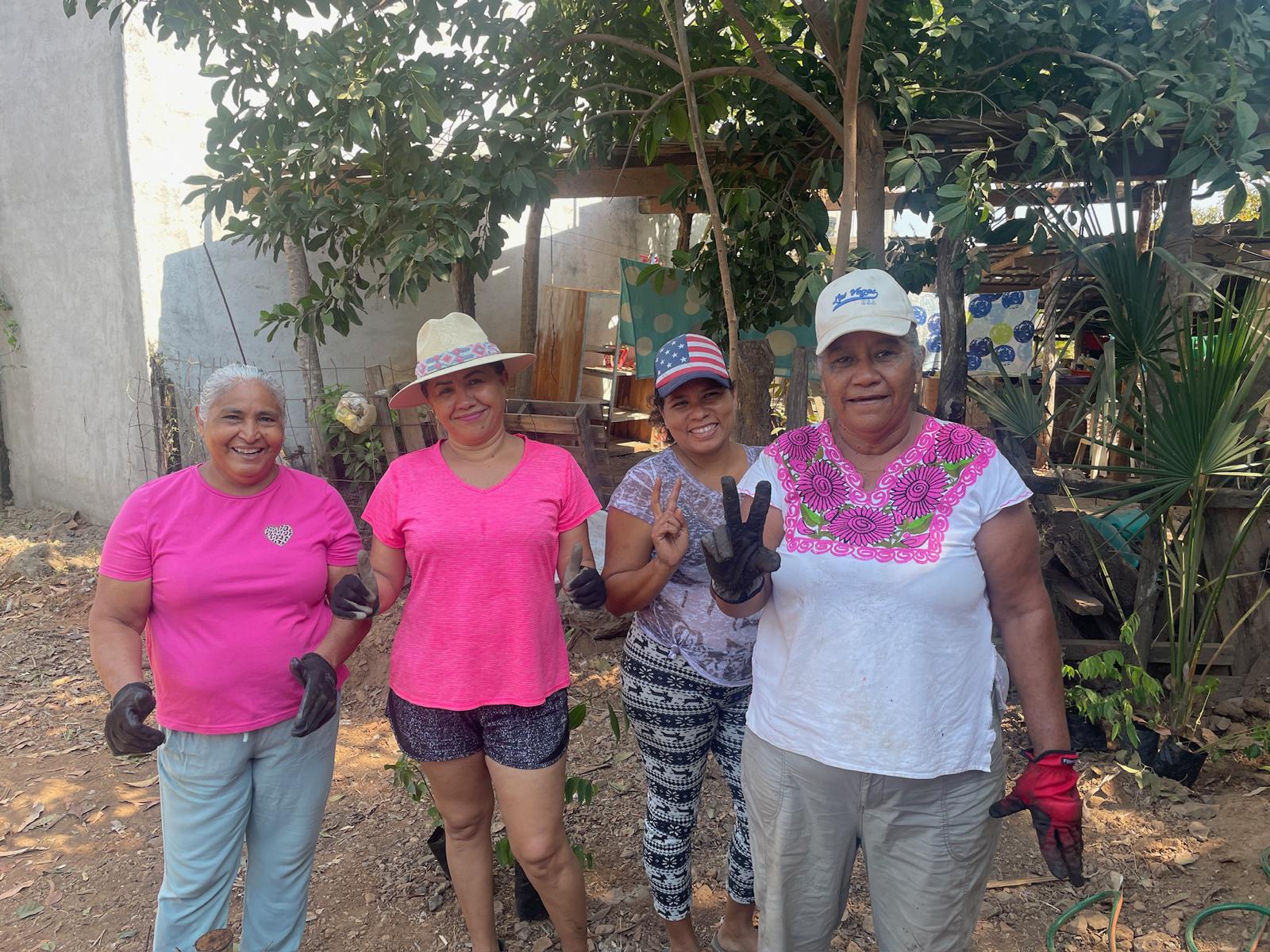
Co-Cultivating a Thriving Tomorrow
Creating a New Story for a Regenerative Future
A Regenerative Future creates a different story through a community-driven tool fostering collaboration and impact. This approach allows us to reciprocate and deepen the broader understanding of community regeneration.
Key Elements of This Model:
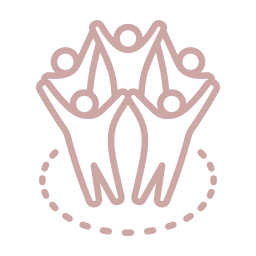
Community-Driven
Built on built on authentic connections and shared wisdom
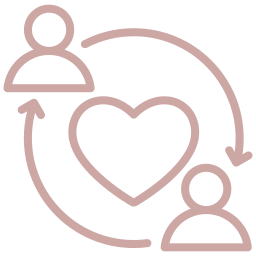
Reciprocity-Based
A balance of giving and
receiving
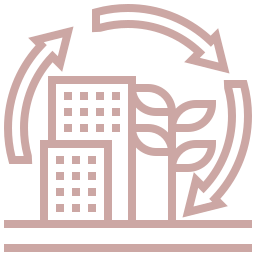
Sustainable & Impactful
Focused on long-term regenerative growth

